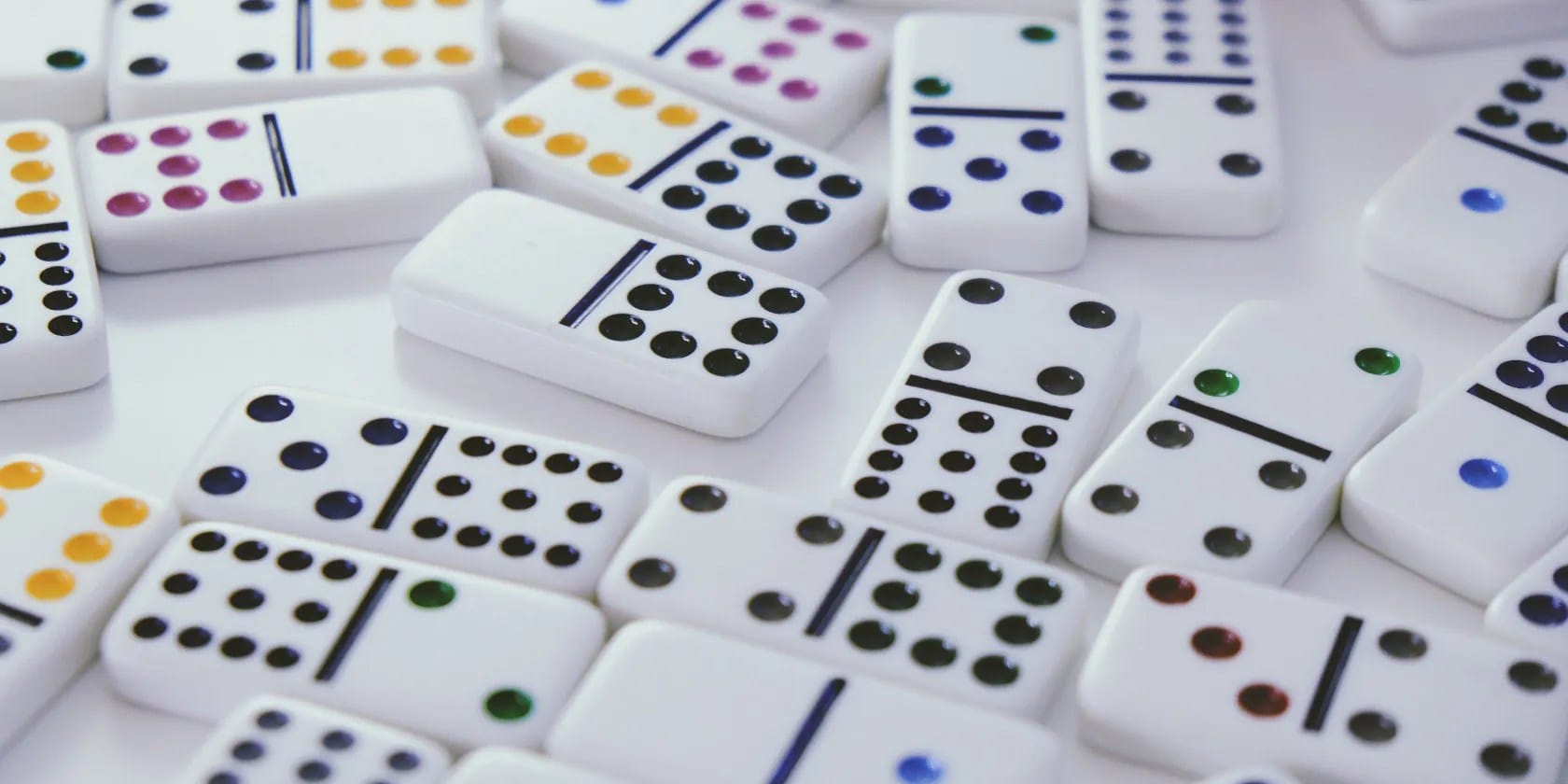Why Are Those Tiny Dots So Important?
Are you ready to explore the world of pips? Pips are those little dots you see on dice and dominoes. They might seem simple, but they play a big role in the games we love. Let’s dive into the history and significance of pips, and learn how they can make all the difference in your next game!
Pips: The Unsung Heroes of Games
Ever wondered why those little dots on dice and dominoes are called “pips”? It’s a funny word for such a simple thing, right? It turns out “pip” probably comes from the Middle English word “pippe,” which meant “spot” or “speck.” And we use it for all sorts of things, like playing cards and even Morse code!
But don’t let their simplicity fool you—those pips are a pretty big deal. Think about it: without them, dice and dominoes would just be plain old squares.
So how do pips work their magic? Well, for starters, they’re the backbone of probability in these games. The number of pips and how they’re arranged directly affect your chances of rolling a certain number or making a winning move. They basically set the stage for the entire game, determining how points are scored, which tiles can be matched, and what strategies you can use.
Plus, let’s be real – could you imagine trying to play dominoes if you had to squint at tiny numbers instead of instantly recognizing those familiar dot patterns? Pips make everything quick and easy so we can focus on the fun part: winning!
A Journey Through Time: The History of Pips
Pips have been around for ages, and just like fashion trends, they’ve evolved over time. Some of the earliest dice and dominoes had pips carved into them, often made from materials like bone or ivory. As games became more structured with official rules, people realized that having a standard way to arrange pips was super important. And that’s how we ended up with the familiar patterns we see today.
It’s fascinating to think about how pips have popped up in cultures across the globe, from ancient Egypt to medieval Europe. They’re like little time capsules that connect us to the games people played centuries ago. Are you interested in the symbolism of the shittim tree or learning about the history of snoose?
Unveiling the Mysteries of Pips
Here’s the thing about pips: we might see them all the time, but there’s still so much we don’t know about them! For example, their meaning and importance might change depending on the culture you’re looking at. Imagine digging deeper into the symbolism behind different pip designs – who knows what fascinating stories we might uncover?
And then there’s the whole psychology of pips – how do those little dots influence the way we make decisions in games? Do certain arrangements make us feel more or less confident in our choices? These are questions that researchers are still trying to figure out!
Finally, think about how pips show up in our everyday lives. They pop up in art, literature, movies – you name it! Exploring those connections could reveal just how much pips have infiltrated popular culture.
So the next time you roll the dice or slam down a domino, take a moment to appreciate those humble pips. They’re more than just dots – they’re tiny keys that unlock a world of probability, history, and cultural significance.
What Do You Call the Spots on Dice and Dominoes?
Those spots on dice and dominoes have a name: pips. They’re not just there for decoration; those pips are the heart and soul of any good dice or domino game!
The word “pip” itself has a pretty interesting history. You see, way back in Middle English, “pippe” was the word for tiny seeds or little marks. Makes sense, right? Those pips on your dominoes do kind of look like tiny seeds. And it turns out, people have been using “pip” to talk about small, round markings for ages – not just on dice and dominoes. You’ll even find them mentioned when people talk about playing cards and even bird feathers!
But when it comes to games like dice and dominoes, pips mean business. In dice, the number of pips you roll determines your fate—will you win big or roll again? In dominoes, those pips are what you use to match tiles and rack up points. Without pips, you’d just have plain squares of plastic or wood, and let’s be honest, that wouldn’t be much fun!
What are the dots on dominoes?
Those perfectly arranged dots on dominoes that seem to stare back at you during an intense game are called “pips.” And believe it or not, they’re not just there for decoration! They’re actually the heart of the domino game.
Think back to the Middle Ages – knights, castles, and…dice? Yep, dice have been around for ages! Back then, dice makers would put little dots on their dice to show the different sides, and they called these dots “pips.” As time went on, people started using the word “pips” for the dots on dominoes too.
Each pip represents a number, just like on dice. So when you’re trying to match up dominoes, you’re really matching up the numbers that the pips represent. It’s a bit like a code, but instead of letters, you have dots!
Let’s say you pick up a domino, and it’s got three pips on one end and five on the other. That means you need to find another domino that has either a three or a five on one of its ends. It sounds easy enough, right? But when you’ve got a whole pile of dominoes in front of you, finding the right match can get pretty tricky!
So, the next time you’re playing dominoes, take a closer look at those pips. They might seem like simple little dots, but they’re the whole reason the game works! They give each domino its value and make the whole matching game possible. Without pips, dominoes would just be…well, blank pieces of something!
What is the spot on a dice?
We’ve all played games with dice, but have you ever stopped to think about what those little dots are called? You know, those dots that tell you if you’re lucky or not. They’re called “pips,” a funny little word for a big part of the game!
Pips aren’t just there for decoration—they’re like the engine of the game. They decide what numbers you get, which, in turn, decides how you play and who wins in the end. From ancient games in places like Egypt to the dominoes we use today, pips have been making games exciting for centuries.
So, what exactly is a pip? It’s just a small dot, carefully carved into the face of a die or domino. Each side has a different arrangement of these pips, from one to six, showing us what number we’ve rolled. The word “pip” itself has a history as interesting as the games it’s part of. It comes from an old English word, “pippe,” meaning “spot” or “speck” – pretty fitting, right?
What makes pips so cool is that anyone can understand them. You don’t need to speak a certain language to look at a die and know what number it shows. That’s what makes these games so universal. Whether you’re figuring out the odds in a game of craps or plotting your next move in dominoes, pips are your guide.
Pips aren’t just confined to dice and dominoes, though. They pop up in other places too. Think about playing cards – those symbols that tell you if you have a heart, diamond, club, or spade? Those are pips too! And if you dive into the world of statistics, you’ll see pips representing data points on charts and graphs.
So next time you’re about to roll the dice or make a move with your dominoes, take a second to appreciate those little pips. They’re more than just dots; they’re a tiny symbol of fun, strategy, and the long history of games we love.
- Unlocking 2-Letter Words with U: The Definitive Guide - April 4, 2025
- Unlock Words with the Letters THREE: Top Unscramble Tools 2025 - April 4, 2025
- Master Scrabble: X & Z Words for High Scores - April 4, 2025
















